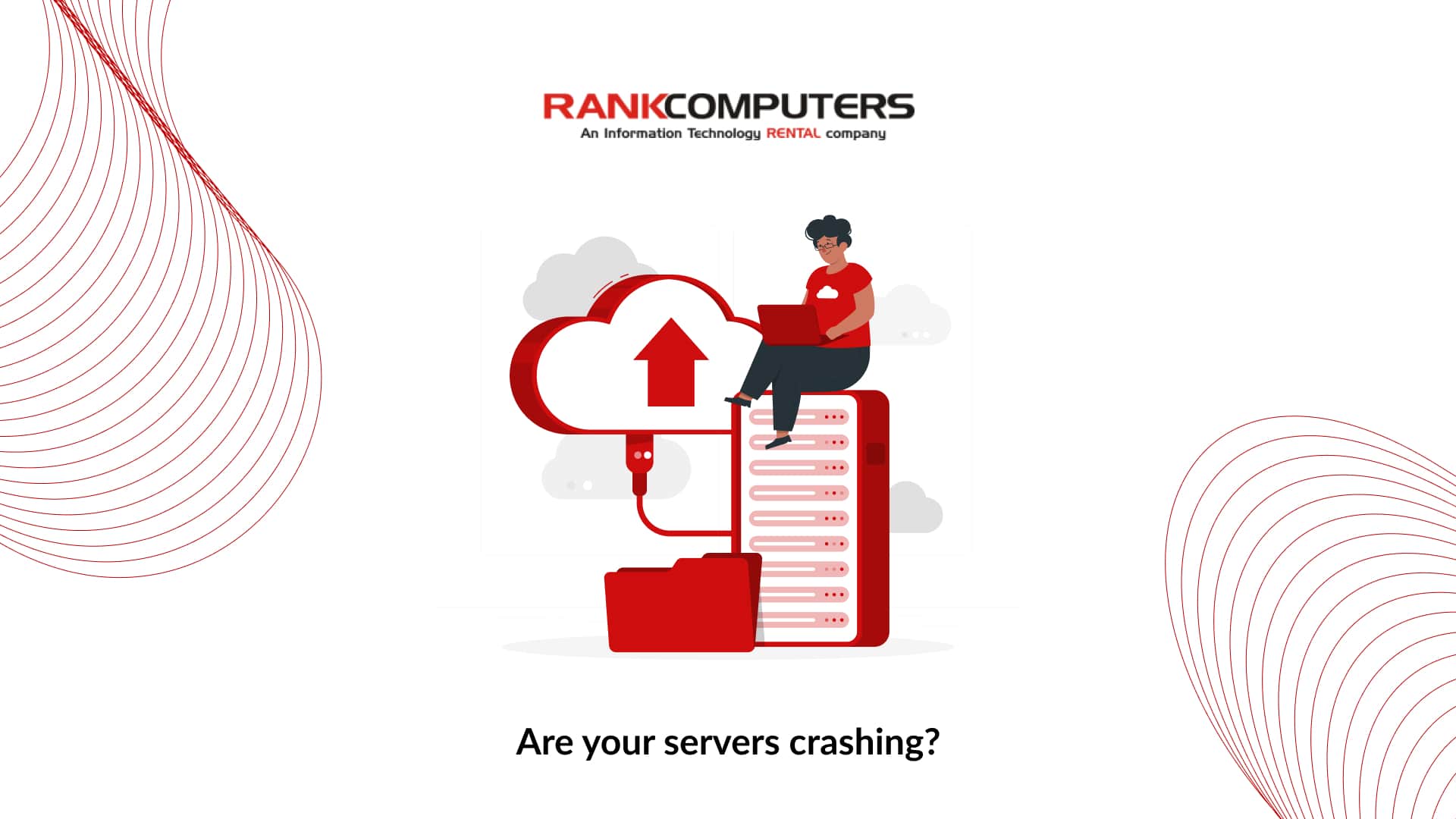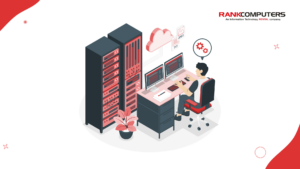Introduction
For any company or organization, its most valuable asset is the data. Whether it is customer-sensitive information or employee records, this data must be secured, and industries need to strictly comply with data privacy laws. Using data storage methods properly will prevent hackers from gaining access to your information, and will also help in reassuring your clients that you value their privacy.
Data storage devices are used to store information, temporarily or permanently. These storage devices can be thought of as drawers in a closet. When you want to access the contents of the drawers, you simply go to your closet, reach out to the relevant drawer, and retrieve the item. Similarly, the data storage devices hold the information in a structured manner, so that it is easy to access the data whenever needed.
Types of Storage devices
Storage devices are of different types, each having distinct attributes. It is necessary for you to know the types of data storage devices, and compare their features before you select one for your company. Let us take a look at these types –
Direct Attached Storage (DAS)
This is the simplest type of storage device – DAS is directly attached to the main system. DAS devices can comprise multiple hard drives without any network connectivity. It is easy to set up, configure, and access DAS solutions. Internal Direct Attached Storage is usually pre-installed in systems, and external storage can be plugged-in via a USB port.
Since DAS is connected directly to the system, it can provide high-speed access to data, and it supports the high-performance operation. As it does not need network connectivity to function, the DAS system is not affected by network issues.
Network Attached Storage (NAS)
NAS is the most popular storage solution, for individuals and organizations. This is a file-level data storage solution that stores data over a network. NAS devices can connect multiple PCs and servers simultaneously without compromising their performance capabilities.
NAS has scalable storage facilities – storage can be increased by adding another NAS device or hard drive with greater capacity. It also has a centralized storage system that allows different devices on the same network to share data with each other – irrespective of the type of device or operating system. NAS devices have increased performance too, as they are connected to the Local Area Network (LAN) and can retrieve and store files easily.
Storage Area Network (SAN)
SAN is a high-performance storage solution that provides block-level storage access to host devices. This storage solution allows users to store data as a separate device, which is accessible via a network. SAN is efficient, as it provides the performance of a DAS, with the flexibility of NAS.
SAN can be accessed via multiple paths and it is independent of the applications it supports. If a communication failure occurs, SAN can use an alternate path to maintain storage availability, ensuring that there are no problems between the host and storage device. Apart from that, SAN is scalable and can be configured according to evolving business needs. New hosts and storage devices can be added to increase the capacity of SAN with ease.
Which is the best storage device?
Each storage device has its own pros and cons. The best storage solution for your organization is the one that best fulfills your requirements. Eventually, the solution you choose will depend upon factors such as – budget, amount of storage capacity needed, backup options, performance, etc.
The DAS system does not require any hardware or software to maintain it, and hence it has a low cost. It is a practical and cost-effective data storage solution for a small or medium-sized business, where you might not have room to expand your budget. DAS is easy to maintain and does not require special IT support services. It can easily be set up on individual computers.
NAS is used commonly in companies of all sizes and for personal systems, file storage and sharing. It is predominantly used for storing large volumes of unstructured data, such as video surveillance files, and supports collaboration. Multiple file servers can be combined into one NAS device which saves space and promotes easy management.
SAN is predominantly used in database management systems, as it has high input-output processing speeds, and low latency. Since the features of SAN are also desirable for virtualized environments, it makes SAN a good option for high-traffic e-commerce websites and workplaces that require the processing of large amounts of data.
Even though SAN and NAS solutions provide higher storage capacity and increased performance, if you are a small business and have a limited budget, DAS is the best option for you.
Conclusion
Before you choose a storage device for your company, it is better to do your research and answer a few vital questions, like:
- Will you need to expand your storage capacity in the future?
- Will your employees need remote access?
- How many employees will be accessing the storage at the same time?
- Will you require outside support from IT resource persons?
Even if you answer all these questions beforehand, there is a very high possibility that these factors might change as your company or business grows. To avoid unnecessary expenditure, it is best to rent storage devices from trusted IT rental providers like Rank Computers. They provide SAN, NAS, and DAS solutions manufactured by the best brands at an economic rate. This will make it easier for you to switch your storage devices as your requirements change.



